We've all seen the breathtaking, colorful photos of the Eagle, Egg and Cat's Eye Nebulae. You may not recognize them by name, but you've seen them, whether in astronomy textbooks, magazines, websites, album covers, or tee shirts. They are some of the most striking photographs ever taken from the Hubble Space Telescope (HST).
But are the colorful images true to the human eye?

Above: The "Pillars of Creation" from the Eagle Nebula.
If you were to look through an amateur telescope with your own two eyes, you wouldn't see the colorful representation that NASA provides, but mostly grays. That's because the light and color emitted by nebulae and stars are so feeble that the color-sensitive cone cells in our eyes let the rod receptors do most, if not all of the dirty work—in black and white.
But all of the photos taken with Hubble are in black and white, too. So, what gives?
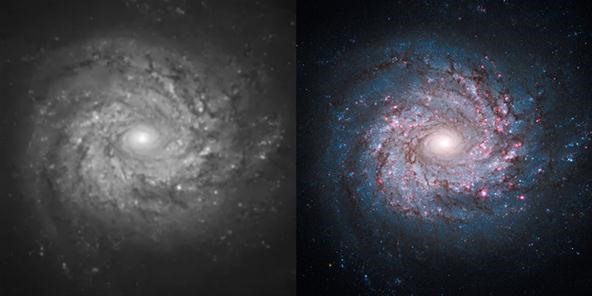
Above: The spiral galaxy NGC 3982 (before and after).
The finished space images are actually combinations of two or more black-and-white exposures to which color has been added during image processing. Most images are made up of three separate exposures taken with filters and then assigned red, green, and blue, which are the three primary colors that can simulate the full spectrum of light visible to human eyes. Ever hear of RGB?

All exposures taken by the HST are stored at the Space Telescope Science Institute (STScI). Those images can be requested by anyone with a HST archive account, so if you want to try this out at home, you can get more information on the archives here. If you don't want to go through all of that, you can click here to get some educational example datasets.
In the past, creating the colorful images was fairly complicated, requiring expensive programs such as IRAF or IDL to analyze the data in FITS images, a common astronomy format. But now you can use Adobe Photoshop with the FITS Liberator 3 software plugin to get the job done. You can download the FITS Liberator here, for both Mac and Windows.

Once you have the FITS Liberator installed in Photoshop, it's time to use the FITS tool to ready the black-and-white images. Then, you start adjusting and adding colored layers in Photoshop. There's a super-detailed article on HubbleSOURCE for creating your own color Hubble images. I suggest you go there if you want to try it. To see it in action, check out the following video, which demonstrates the process on the spiral galaxy NGC 3982, pictured above.
If you want to know more about how Hubble's images are processed, so you can better do it on your own, check out Sky & Telescope's article Creating Hubble's Technicolor Universe, which describes the process pre-FITS Liberator. Also, see A Short Introduction to Astronomical Image Processing by ESA and this brief article by Bob Franke.
For an impressive look at the combination of three space telescope images, check out the video below of the Antennae galaxies, an intense star-forming region created when two galaxies began to collide some 200 million to 300 million years ago.
This is the image from the Hubble Space Telescope:

To learn more about how the Hubble images are made, and why the Eagle Nebula image at the top of this article is stair-shaped, visit HubbleSite's Behind the Pictures.
The Hubble Space Telescope was built by NASA with help from the European Space Agency (ESA), and is operated by the Space Telescope Science Institute (STScI). It's been taking amazing photographs of spacescapes ever since the Wide Field and Planetary Camera 2 (WFPC2) was installed during the first service mission completed in 1994. The recent (and final) service mission replaced it with the Wide Field Camera 3.
Just updated your iPhone? You'll find new emoji, enhanced security, podcast transcripts, Apple Cash virtual numbers, and other useful features. There are even new additions hidden within Safari. Find out what's new and changed on your iPhone with the iOS 17.4 update.
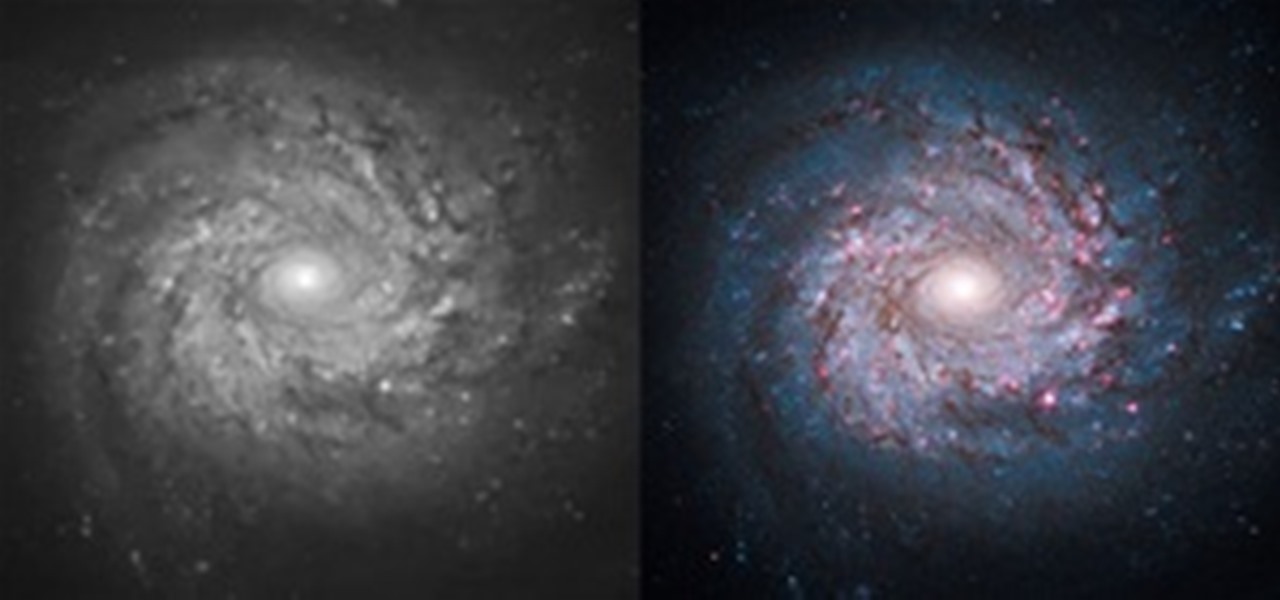



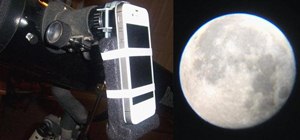

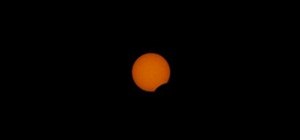
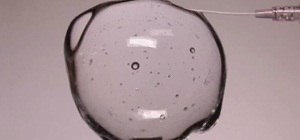
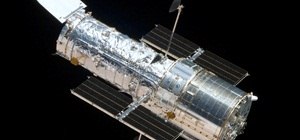
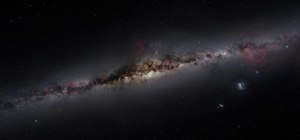
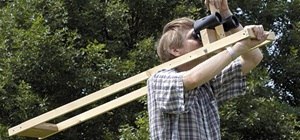
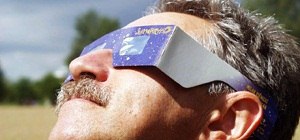
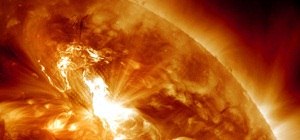
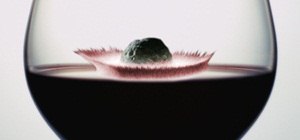
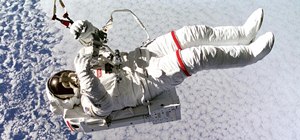
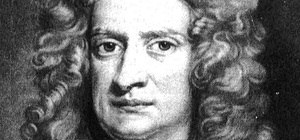
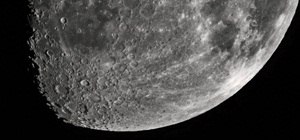
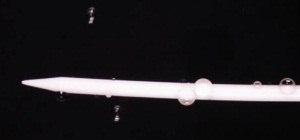
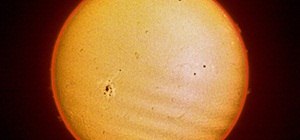

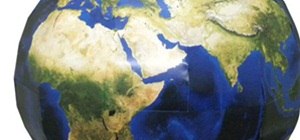
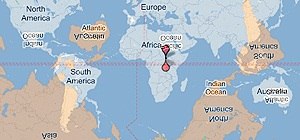
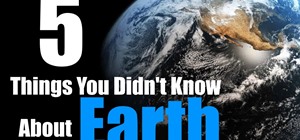
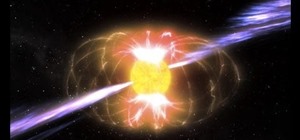
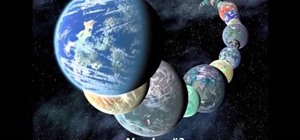
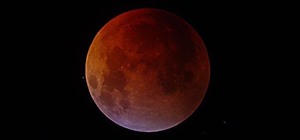
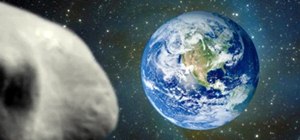
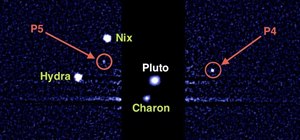
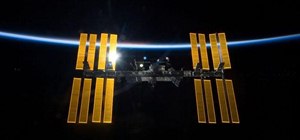
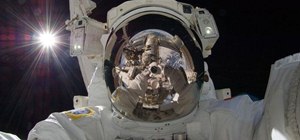
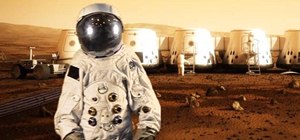
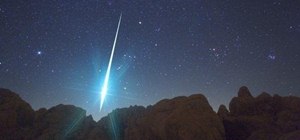
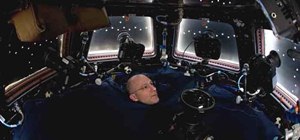

2 Comments
very useful
it amazes me how our universe is so alive and unfolding and we are able to se some of it, thanks to the Hubble. I am not a scientist but I love science. :-)
Share Your Thoughts